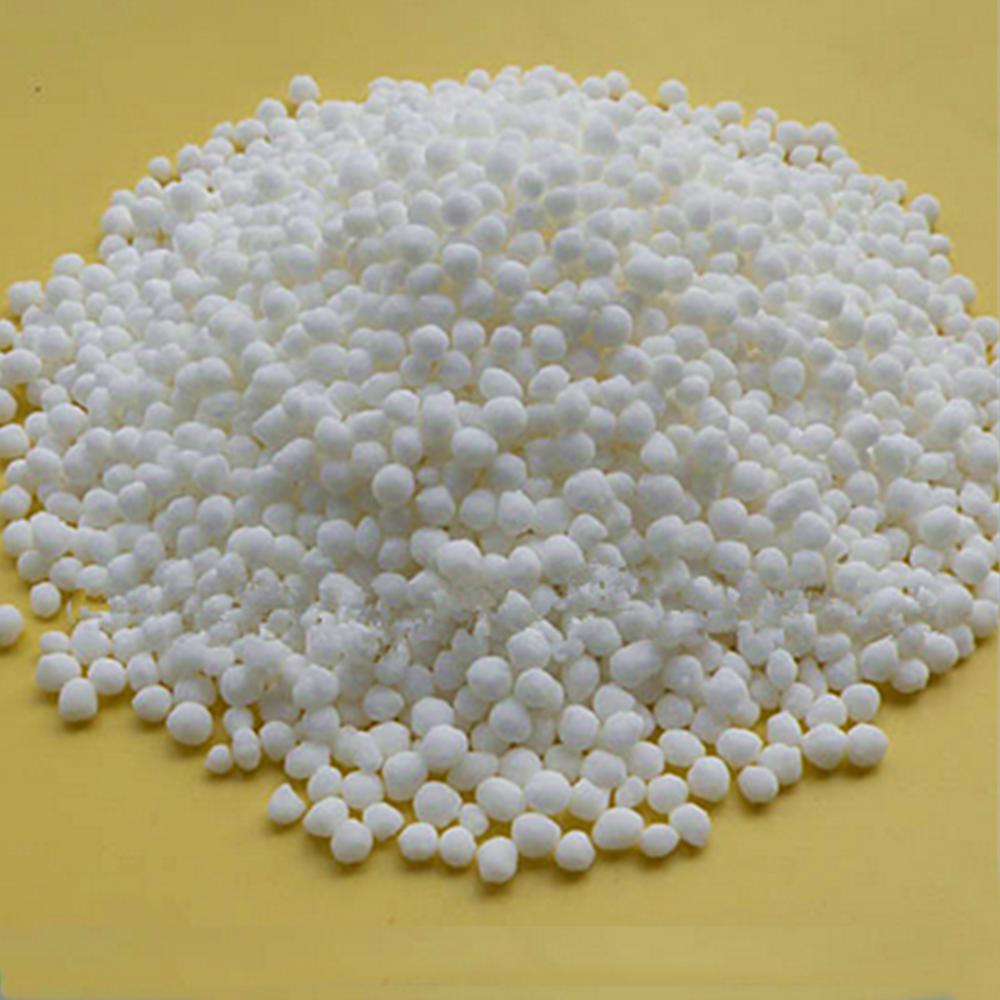



what is sodium bisulfate pool
What is Sodium Bisulfate in Pool Maintenance?
Sodium bisulfate, often referred to as dry acid, is a chemical compound that plays a significant role in the maintenance and management of swimming pools. With a chemical formula of NaHSO4, this white crystalline powder is a vital component in maintaining the water's pH levels and overall balance, ensuring a safe and pleasant swimming environment.
The Role of Sodium Bisulfate in Pool Chemistry
One of the primary reasons pool owners utilize sodium bisulfate is its effectiveness in lowering the pH levels of pool water. Ideal pool pH levels should be maintained between 7.2 and 7.8. If the pH level rises above this range, it can lead to various issues, such as decreased sanitizer efficiency, cloudy water, and potential scaling on surfaces and equipment. High pH levels can also irritate swimmers' eyes and skin, making it essential to keep the water balanced.
Sodium bisulfate acts as a pH decreaser, helping to bring elevated pH levels back to the optimal range. When added to water, it dissociates into sodium and bisulfate ions. The bisulfate ion reacts with water to release hydrogen ions, which effectively lowers the pH. This quality makes sodium bisulfate a preferred choice over other acids, such as muriatic acid, as it is safer and easier to handle.
Advantages of Using Sodium Bisulfate
Sodium bisulfate offers several advantages for pool maintenance
1. Safety Compared to stronger acids, sodium bisulfate is less hazardous. It poses fewer risks to pool owners and can be safely handled with minimal protective equipment. 2. Stability The compound is stable and has a long shelf life when stored correctly, making it convenient for pool owners to keep on hand for spontaneous adjustments.
3. Ease of Use Sodium bisulfate is usually available in a powder form and dissolves quickly when added to pool water. This prompt dissolution leads to faster adjustments in pH levels.
4. No By-products One of the notable advantages is that sodium bisulfate doesn’t introduce any harmful by-products into the pool water, unlike some alternative chemicals.
what is sodium bisulfate pool

How to Use Sodium Bisulfate
Using sodium bisulfate is straightforward. Before adding it to your pool, it's important to follow some steps to ensure effective results
1. Testing Always begin by testing the pool water using a reliable test kit to determine the current pH. If it reads above 7.8, it’s time to lower the pH.
2. Calculation Consult the instructions on the sodium bisulfate packaging to determine the right amount needed based on your pool volume. Generally, adding 1 pound of sodium bisulfate can lower the pH of 10,000 gallons of water by approximately 0.3 units.
3. Dissolving Dissolve the measured sodium bisulfate in a bucket of water before adding it to the pool. This helps to distribute the chemical evenly, preventing localized acidity that could harm the pool surfaces.
4. Distribution Pour the dissolved solution into the deep end of the pool with the pump running to ensure proper circulation.
5. Re-test After allowing the pool to circulate for several hours, retest the water to check if the pH has reached the desired level. Additional adjustments can be made if necessary.
Conclusion
Sodium bisulfate is an essential tool for those managing pool water chemistry, providing a safe and effective means to maintain proper pH levels. By understanding its role and usage, pool owners can ensure that their swimming environments remain clean, clear, and safe for enjoyment. Regular monitoring and maintenance, including the appropriate use of sodium bisulfate, can lead to a more enjoyable swimming experience and extend the life of pool equipment and surfaces.
-
Why Sodium Persulfate Is Everywhere NowNewsJul.07,2025
-
Why Polyacrylamide Is in High DemandNewsJul.07,2025
-
Understanding Paint Chemicals and Their ApplicationsNewsJul.07,2025
-
Smart Use Of Mining ChemicalsNewsJul.07,2025
-
Practical Uses of Potassium MonopersulfateNewsJul.07,2025
-
Agrochemicals In Real FarmingNewsJul.07,2025
-
Sodium Chlorite Hot UsesNewsJul.01,2025










